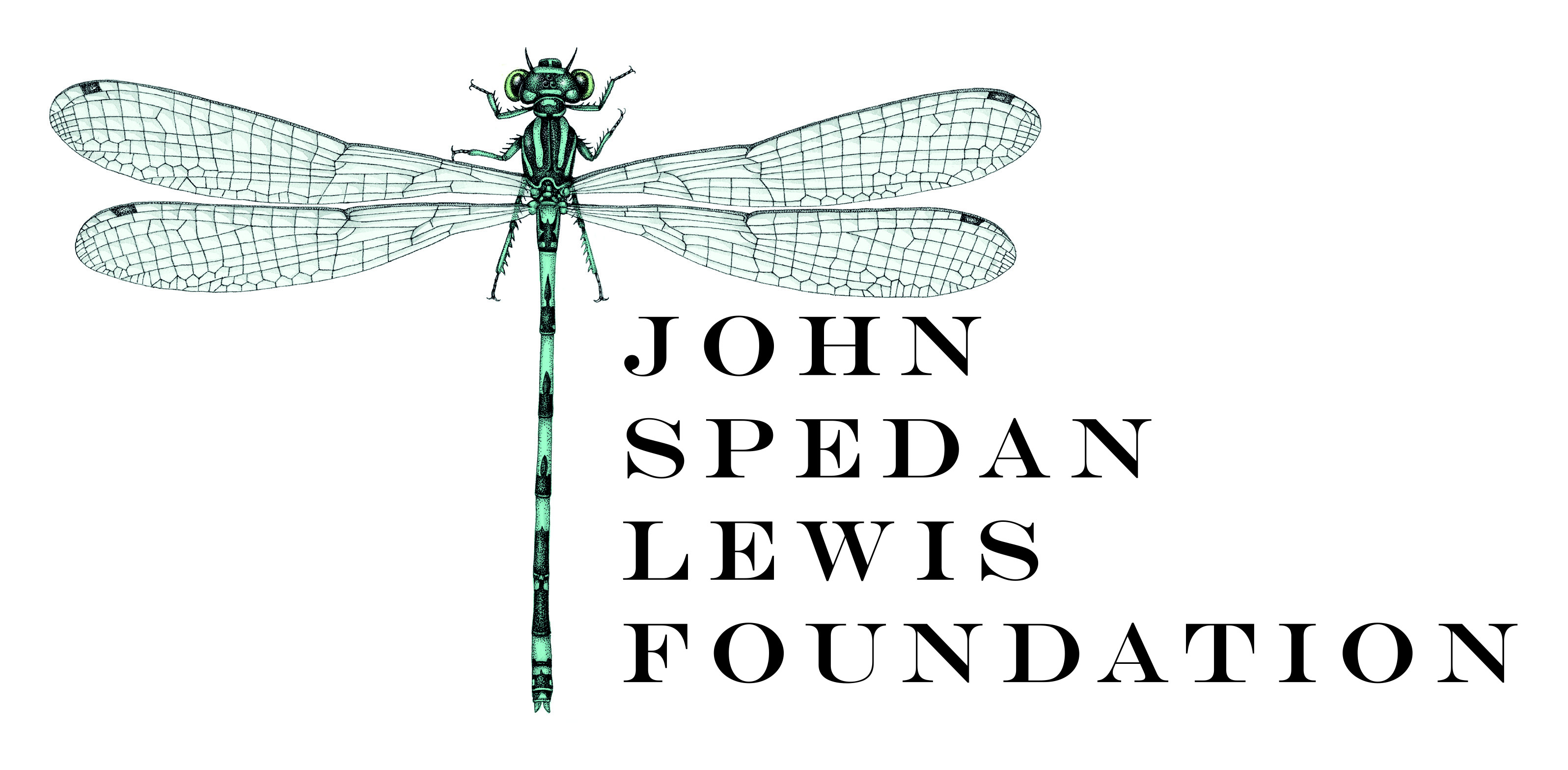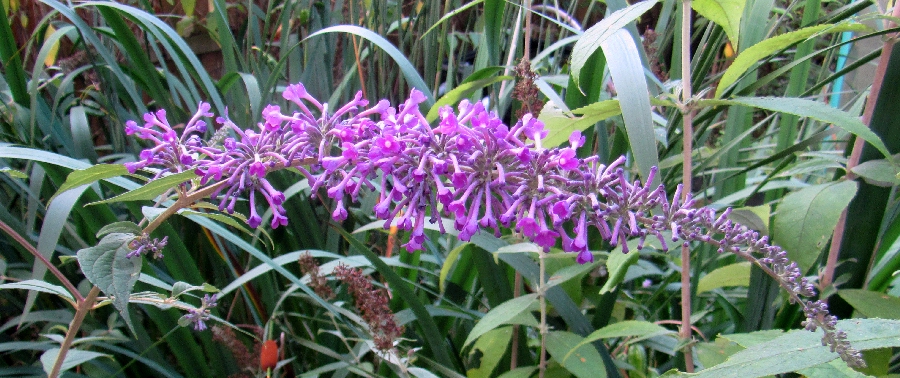Buddleja × luteolufaucia
Sponsor
Kindly sponsored by
The John Spedan Lewis Foundation

Credits
Andrew Large (2021)
Recommended citation
Large, A.T. (2021), 'Buddleja × luteolufaucia ' from the website Trees and Shrubs Online (treesandshrubsonline.
Genus
- Buddleja
- Buddleja davidii 'Nanhoensis' × Buddleja lindleyana
Synonyms
- Buddleja × ARGUS®
Infraspecifics
Other taxa in genus
- Buddleja albiflora
- Buddleja alternifolia
- Buddleja araucana
- Buddleja asiatica
- Buddleja auriculata
- Buddleja caryopteridifolia
- Buddleja colvilei
- Buddleja cordata
- Buddleja crispa
- Buddleja crispa × lindleyana
- Buddleja curviflora
- Buddleja davidii
- Buddleja delavayi
- Buddleja fallowiana
- Buddleja fallowiana × davidii
- Buddleja FLUTTERBY™ Series
- Buddleja forrestii
- Buddleja globosa
- Buddleja glomerata
- Buddleja japonica
- Buddleja lindleyana
- Buddleja LO AND BEHOLD® Series
- Buddleja longiflora
- Buddleja loricata
- Buddleja macrostachya
- Buddleja marrubiifolia
- Buddleja megalocephala
- Buddleja 'Miss Ruby'
- Buddleja 'Morning Mist'
- Buddleja myriantha
- Buddleja New Dwarf Hybrids
- Buddleja nivea
- Buddleja officinalis
- Buddleja 'Orange Sceptre'
- Buddleja paniculata
- Buddleja × pikei
- Buddleja 'Pink Delight'
- Buddleja saligna
- Buddleja 'Salmon Spheres'
- Buddleja salviifolia
- Buddleja 'Silver Frost'
- Buddleja speciosissima
- Buddleja 'Summer Beauty'
- Buddleja virgata
- Buddleja × wardii
- Buddleja × weyeriana
- Buddleja × weyeriana Hybrids
- Buddleja 'Winter Sun'
Shrub to 2 m tall and broad. Stems angulate, slightly winged; older stems reddish-brown. Leaves opposite, lanceolate, acute to acuminate, cuneate to attenuate, serrate, dull green above and paler green below, 3–8 × 1–3 cm; petiole short, 0–3 mm. Inflorescence thyrsoid, up to 30 cm long. Flowers, salverform, without apparent scent; calyx 3.1–5.8 mm long, 1.3–2.2 mm wide with fine hairs; corolla pubescent, violet, purple or white, throat cream or yellow, 16–22 mm long, lobes 6–9 mm wide; stamens 1–2mm long, anthers sessile to subsessile; ovary glabrous. Seed capsule 8–12 × 1.9–3.4 mm. (Elliot, Werner & Frantz 2004; pers. obs.).
USDA Hardiness Zone 6-9
RHS Hardiness Rating H5
Buddleja × luteolufaucia are garden-origin hybrids of Buddleja davidii and B. lindleyana. Most features are intermediate between the two species. For example, the corolla tubes are significantly longer than those of B. davidii, but generally lack the sharp mid-tube bend of the B. lindleyana flower; the foliage is generally smaller than B. davidii with a smoother upper surface.
This hybrid is not reported in the wild (Leeuwenberg 1979). The first report of an artifial hybrid of this type came from Dennis Werner (Department of Horticultural Science, North Carolina State University, USA). One superior plant was selected but this was never fully commercialised. However, Werner subsequently employed this or a similar hybrid in the development of the dwarf hybrid LO AND BEHOLD® BLUE CHIP (Werner & Snelling 2009).
The hybridisation was repeated by Katrijn van Laere at the Flanders Institute for Agricultural, Fisheries and Food Research (Belgium) (van Laere 2008). Two plants, one with white flowers and one violet-purple, were selected for commercial release in 2011 under the trade name of ARGUS® (see below).
'ILVOargus1'
Synonyms / alternative names
Buddleja ARGUS® WHITE
Buddleja INSPIRED® WHITE
The plant derives from a cross of B. davidii ‘White Profusion’ pollinated with B. lindleyana ARGUS® WHITE, renamed INSPIRED® WHITE for the North American market. It makes a small compact shrub, approximately 1.2 metres in height. The leaves are small and dark green. The inflorescences consist of shortish panicles; the individual flowers are bright white with a reduced yellow eye. Reportedly, the flowers are semi-sterile and it is considered non-invasive (van Laere 2008).
'ILVOargus2'
Synonyms / alternative names
Buddleja ARGUS® VELVET
Buddleja INSPIRED® VIOLET
With B. davidii ‘Nanho Purple’ as its seed parent, ARGUS® VELVET is also known as INSPIRED® VIOLET for the North American Market. It is the larger of the two ARGUS® plants, with a relatively upright growth habit up to 3 m in height. The leaves are small for its size, and dark green. The inflorescences, which appear late summer or early autumn, are long and pendulous panicles. The flowers are violet-purple with a white eye similar to B. lindleyana, and not yellow-orange as seen in B. davidii (van Laere 2008).
In this author’s garden, ARGUS® VELVET proved to be fully seed-fertile with the seeds germinating at a high frequency; the resulting seedlings were vigorous and themselves fully fertile, and more closely resembling B. davidii, presumably being mostly pollinated by that species (pers. obs.).

